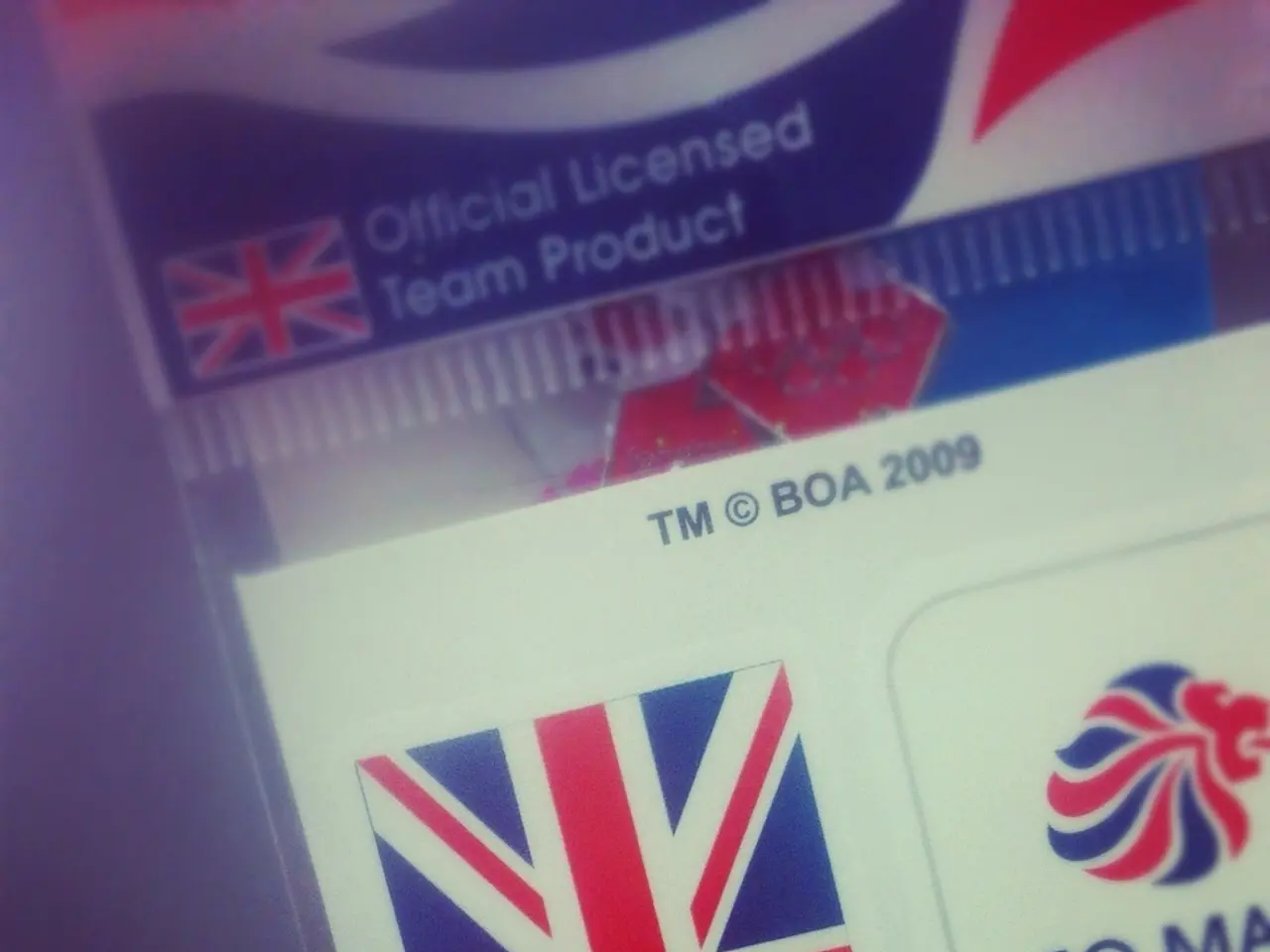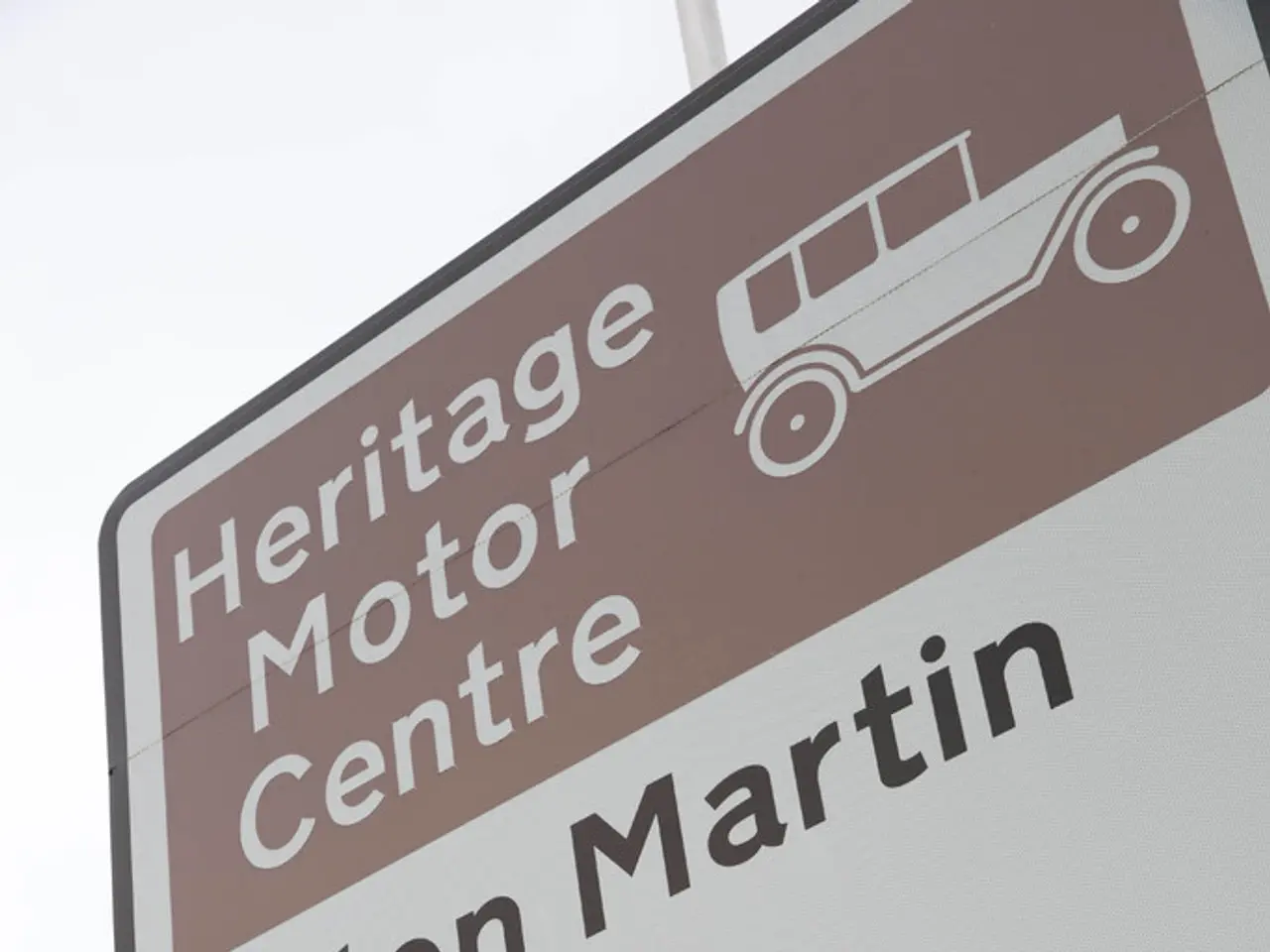Perfecting that Showroom Gleam: The Complete Guide to Cutting and Polishing Your Vehicle's Finish
In the world of car detailing, a cut and polish is a multi-step process that brings back the shine and removes paint imperfections from your vehicle. This meticulous approach requires specific tools and products to achieve optimal results.
Step-by-Step Process for Cut and Polish
- Preparation: Washing and Inspection Start by thoroughly washing your vehicle with pH-neutral soap to remove dirt and contaminants. Inspect the paint under good lighting to identify scratches, swirl marks, and oxidation.
- (Optional but recommended) Decontamination Use a clay bar or similar product to remove bonded contaminants that washing alone cannot remove.
- Cutting (Compounding) Use a rubbing compound or cutting compound with a more abrasive cutting pad on a machine polisher (orbital or rotary). Work in small sections, applying the compound evenly and at a moderate polisher speed. This step removes deeper scratches and oxidation by leveling the clear coat and eliminating defects.
- Polishing Switch to a finer polish and a softer polishing pad to refine the surface after cutting. This removes micro-marring from the cut and brings out the paint’s gloss and depth, creating a mirror-like finish.
- Waxing or Sealing Apply a finishing wax or paint sealant using a foam pad on the polisher. Spread the product evenly in overlapping cross-hatch motions. Let the wax haze, then buff off with a clean microfiber towel to reveal a brilliant shine.
Tools Required
- Orbital or rotary polisher (orbital recommended for easier use and safer paint handling).
- Cutting and polishing pads: Abrasive cutting pads for compounding and softer foam pads for polishing and waxing.
- Rubbing compound and fine polish.
- Microfiber towels: For wiping off residues and buffing without scratching.
- Clay bar or decontamination products: To remove embedded surface contaminants before compounding.
- Lighting: Strong, consistent lighting to identify imperfections carefully throughout the process.
Summary for Optimal Results
- Work in small, manageable sections for consistent coverage.
- Keep pads clean and replace or switch as needed to avoid reintroducing scratches.
- Overlap each polishing pass to blend evenly.
- Proper surface preparation with washing and decontamination improves correction quality and paint finish longevity.
- Final protection with wax or sealant helps maintain the polished surface by shielding it from environmental damage.
By following this methodical approach and using the correct tools and products, you can restore and protect your vehicle's paint, yielding a smooth, glossy, and defect-free finish. The cutting stage involves the removal of a microscopic layer of the clear coat or paint using abrasive compounds, essential for smoothing out scratches, swirl marks, and oxidation. The 'cut and polish' is a two-stage detailing process used to restore a vehicle's exterior shine and address surface imperfections. The high-quality result of a cut and polish reflects the proficiency of the detailing process and the careful selection of products and equipment used. Decontamination of the car's surface is necessary to remove bonded surface impurities. Maintaining the vehicle's shine after a cut and polish requires regular washing, use of wax or sealants, and mindful habits. A successful cut and polish can enhance the aesthetics and potentially increase the resale value of the vehicle. Detailers start with the most abrasive compound and gradually work their way down to finer polishes. The cut and polish procedure can be undertaken as a DIY project, but it demands a solid understanding of the process and a gentle hand. Mistakes can lead to uneven finishes or irreversible damage to the paintwork. Seeking professional services for a cut and polish can often be the prudent choice, especially for those new to car detailing or possessing high-value vehicles. The cut and polish is generally reserved for vehicles exhibiting significant signs of wear or those anticipating a special occasion, such as cars with paint dulled by years of sun exposure or those with visible swirl marks from improper washing techniques. The cut and polish process requires methodical application. Sustaining the finish also involves limiting exposure to harsh environmental elements. Continual assessment throughout the process is essential to ensure defects are being appropriately addressed. Thorough washing of the car is essential before a cut and polish. The polishing stage utilizes less abrasive products to refine the finish and bring out a vivid shine, sealing in the work done during the cutting stage and providing an added layer of protection. Understanding the intricacies of a cut and polish can inform expectations and guarantee satisfaction with the end result. A professional cut and polish requires high-quality buffers or dual-action polishers, a range of cutting pads, polishes, and waxes, microfiber towels, and the selection of compounds suitable for the extent of damage and type of paint.
- To maintain the gleaming finish of a recently cut-and-polished car, it's essential to follow a regular car-maintenance routine that includes washing with pH-neutral soap, applying wax or sealant, and avoiding harsh environmental factors.
- In the automotive industry, a cut-and-polish process is a two-stage detailing method used primarily in transportation to restore a vehicle's paint's shine and address surface imperfections, ultimately enhancing the lifestyle value and potential resale price of the car.
- The transportation sector often employs finance solutions to fund the cost of industrial-grade tools and materials required for a professional cut-and-polish, ensuring a superior end result for cars undergoing the process.




